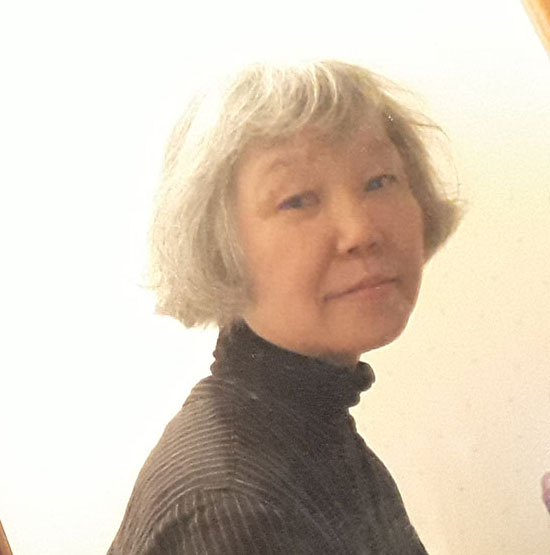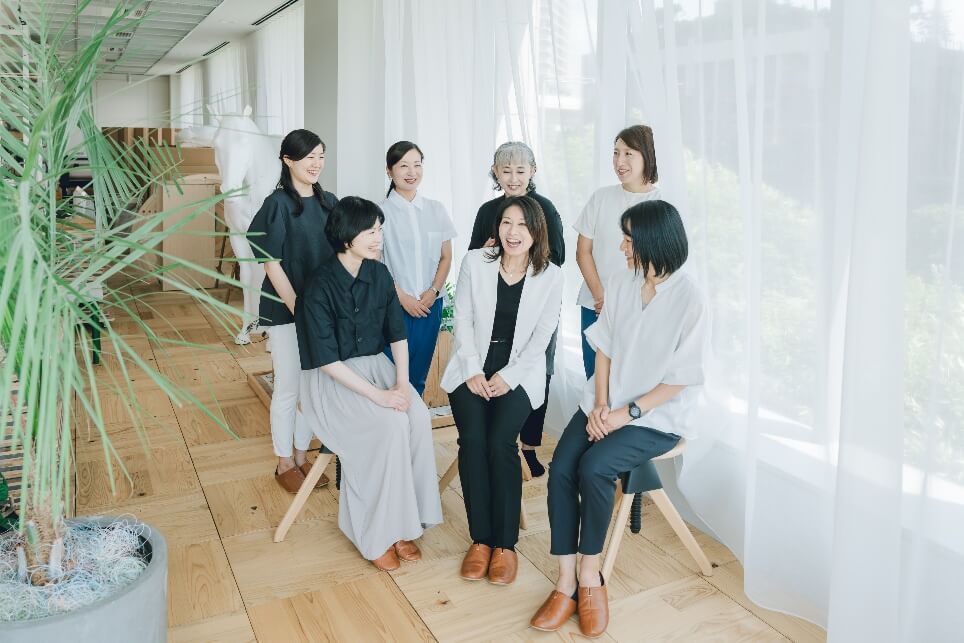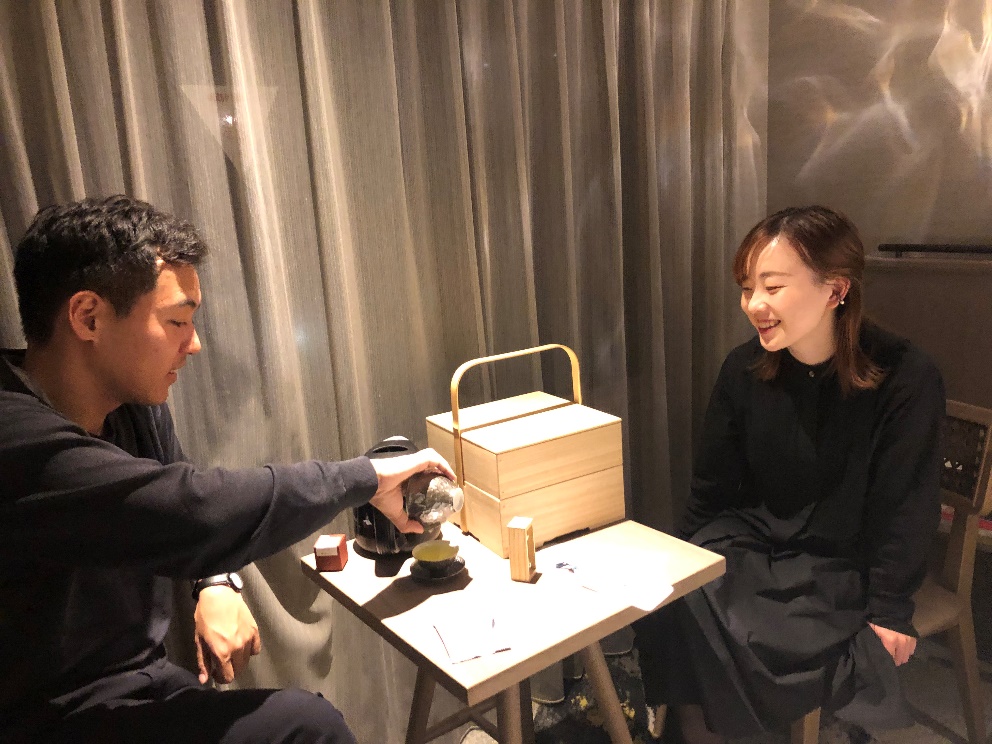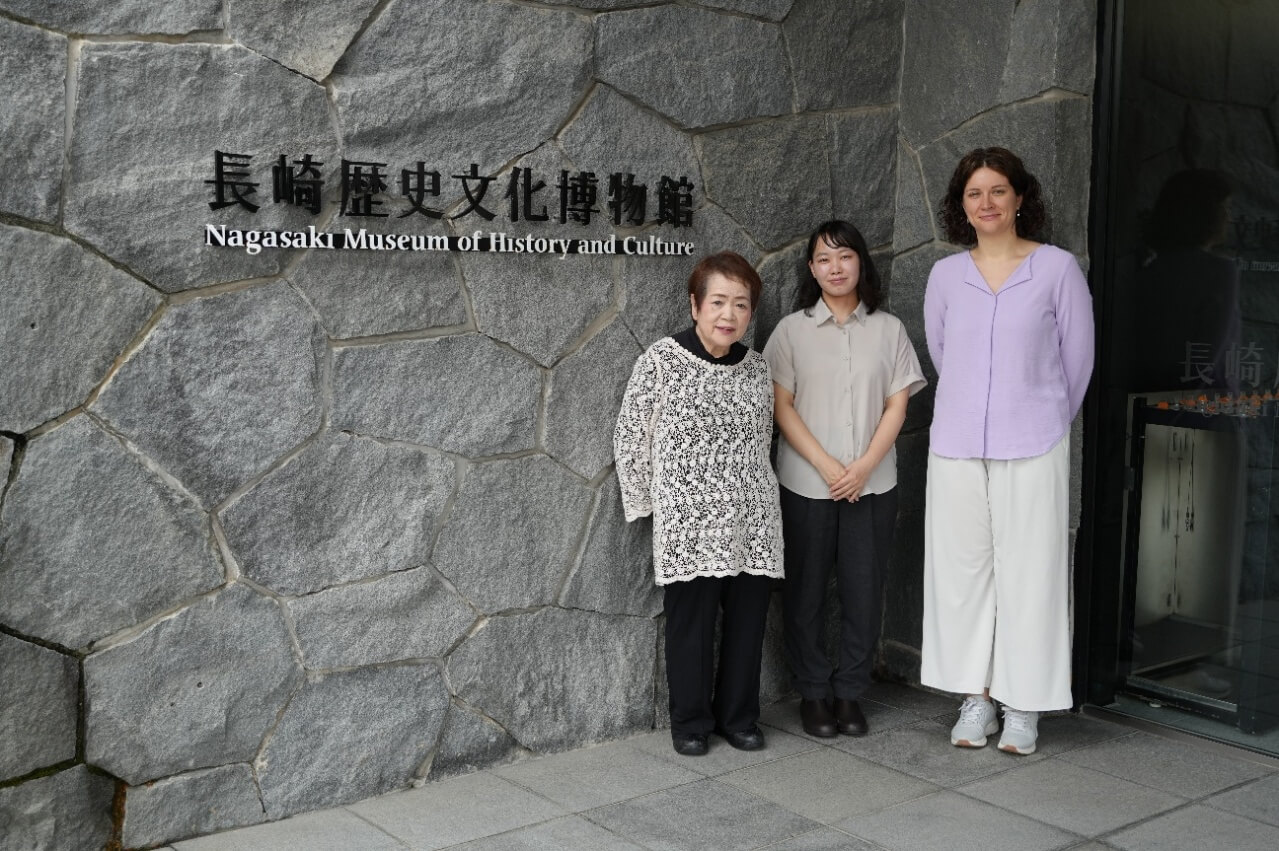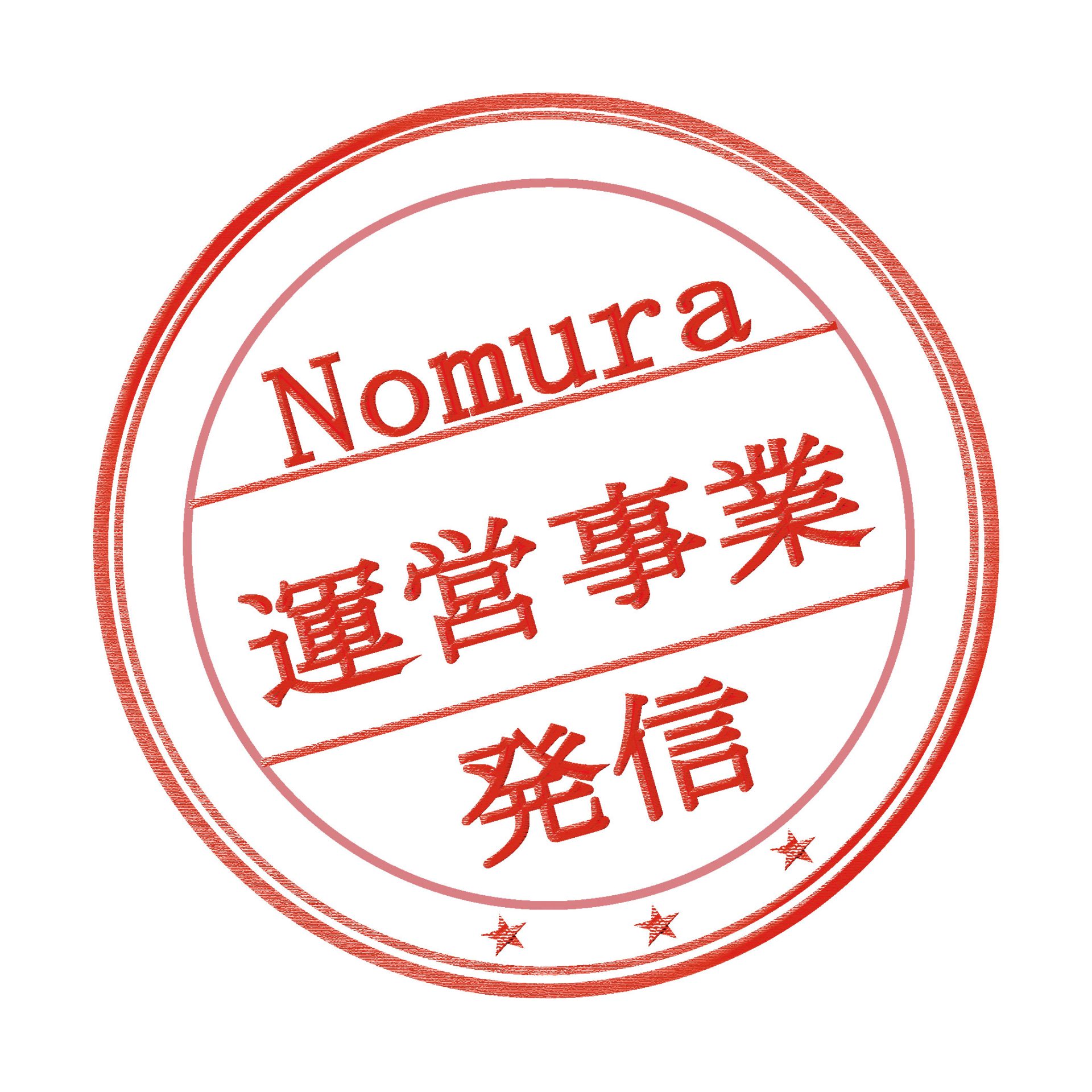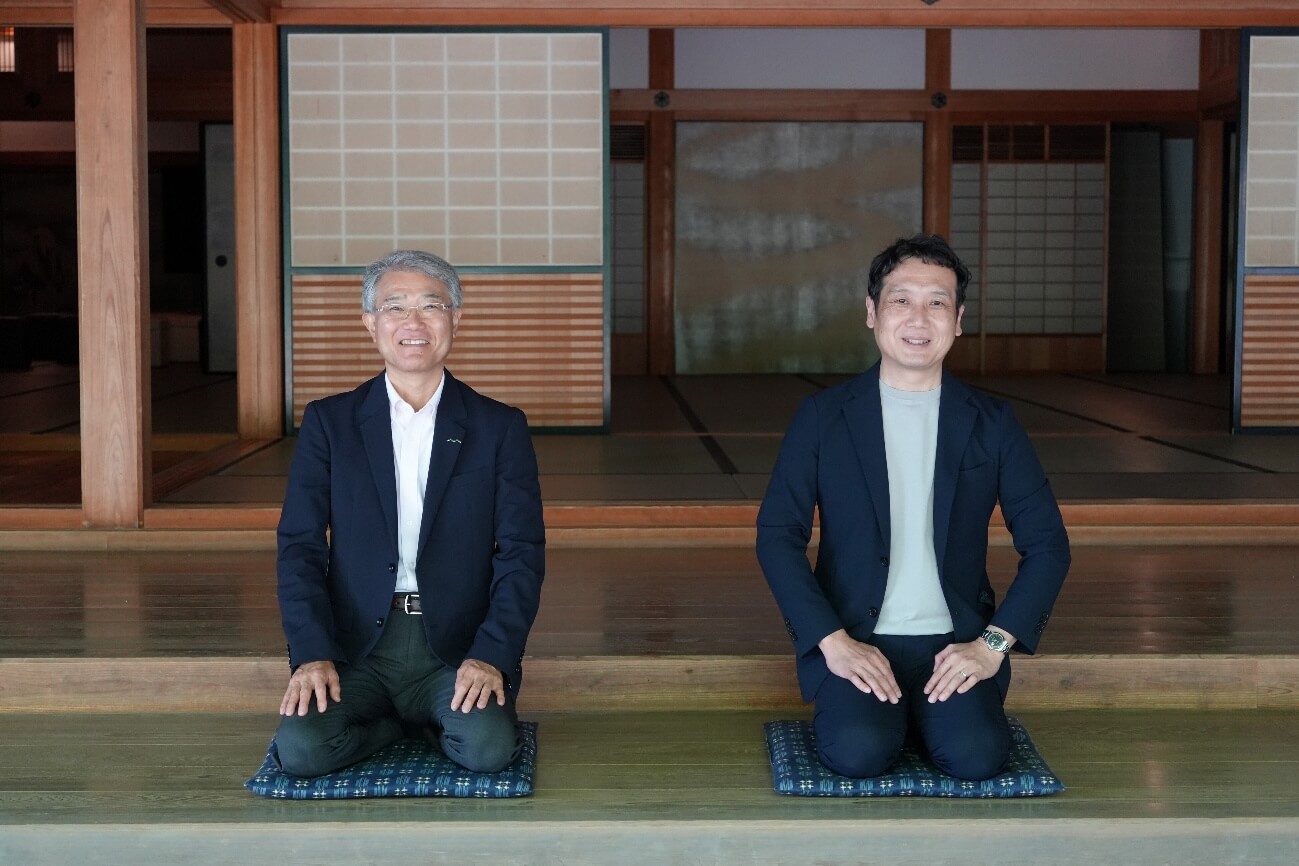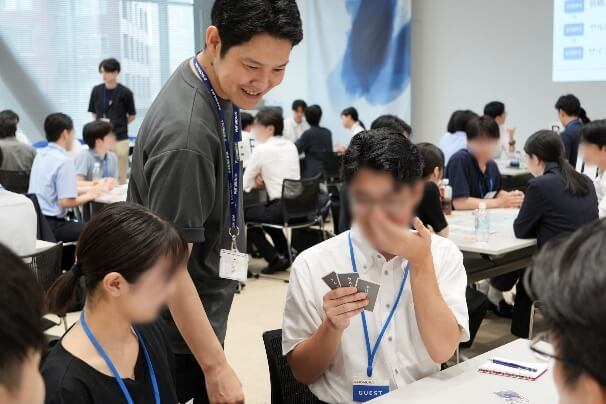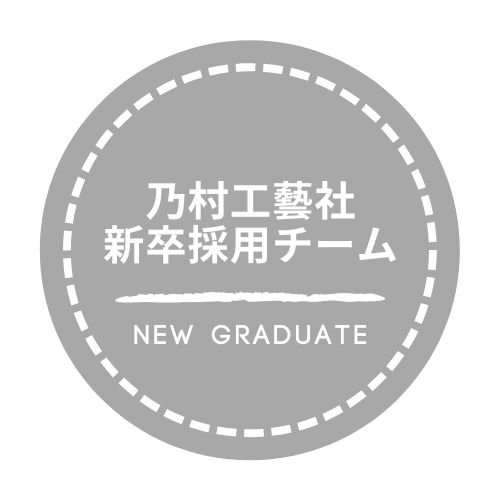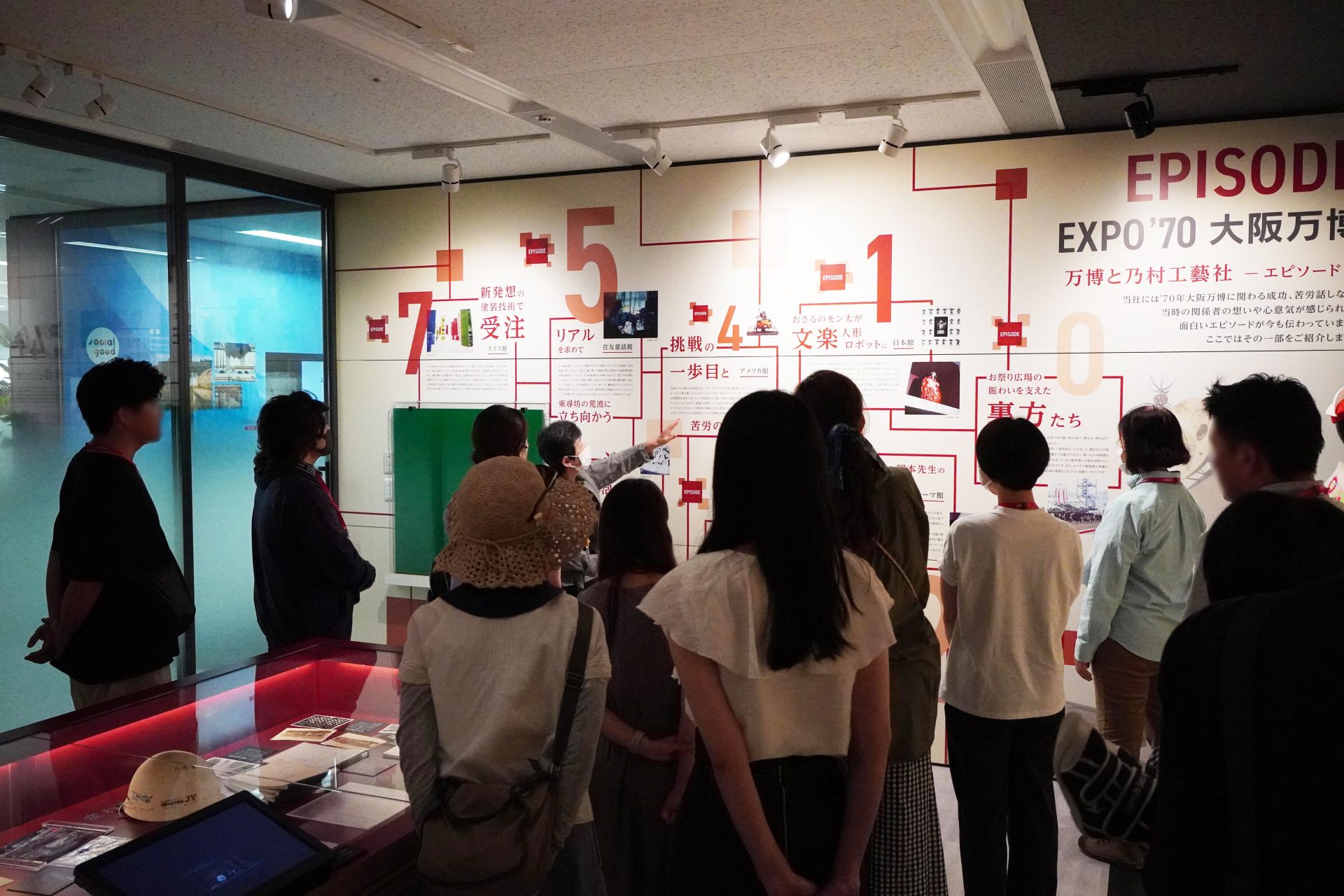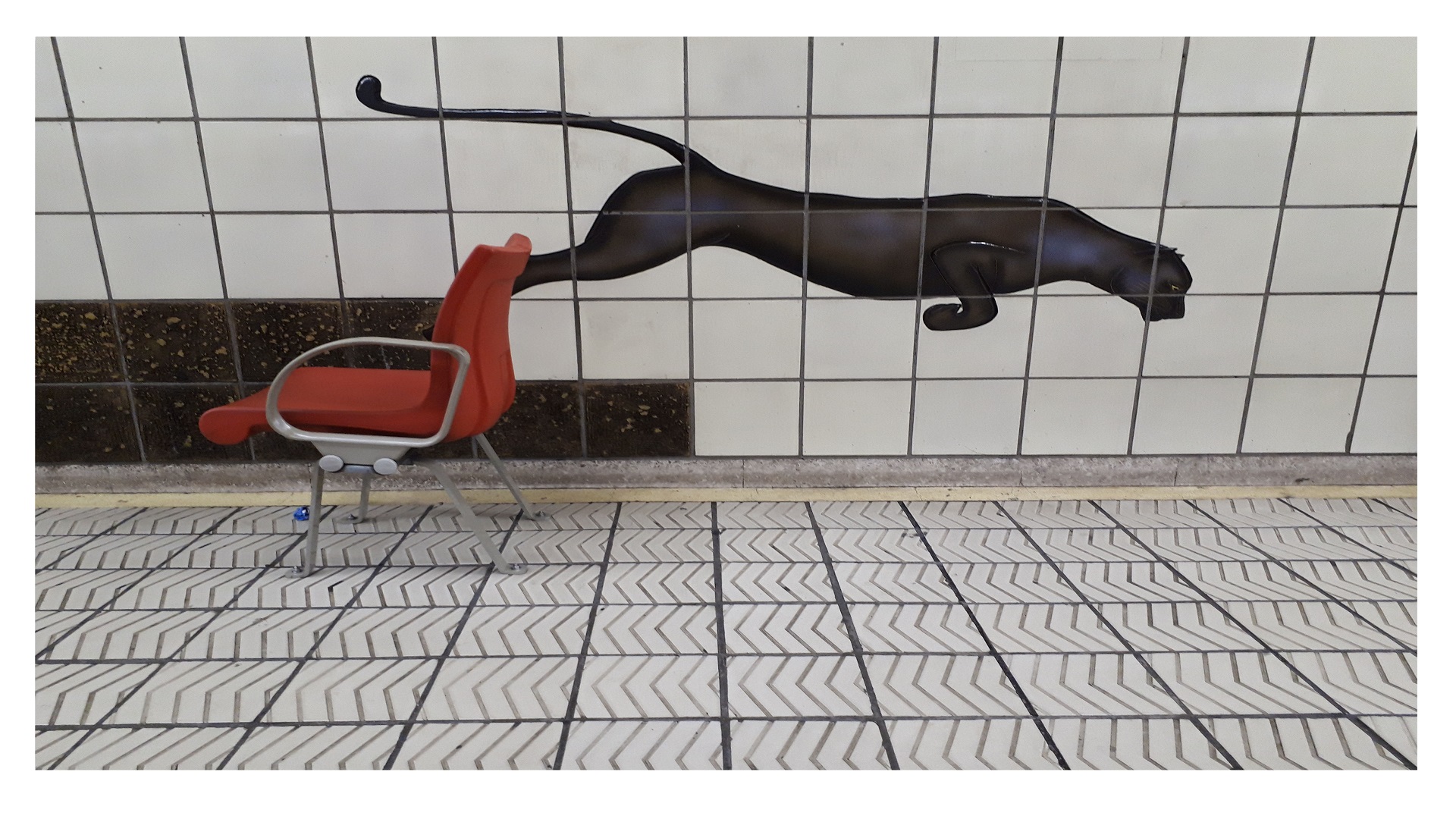
- text and edit by
- Rie Hasegawa (retired)
“Joy of Life” Research Institute
nice to meet you. I'm Hasegawa from the "Joy of Life" Research Institute.
Even though it's called a research institute, I'm the only member of the staff at the moment. Since I reached the retirement age last year and entered into an employment extension, I set it up as a guideline for my own activities in the future. NOMURA Co., Ltd. 's job is to create and utilize spaces that provide joy and excitement, but the source of my own joy and excitement has changed a little over the years. Thinking about my mother, who has dementia, and my own retirement age, I have reduced my lifestyle and consumption behavior, shifting from offensive to defensive styles. This generation has experienced the DC brand boom and the bubble period and understands the fun of shopping, but the current issue is elimination. I used to go traveling after seeing one photo, but now I'm an armchair traveler. In this way, I am puzzled by the fact that I could not have imagined myself 30 years ago, but I am still happy to work on a new job with my colleagues.
Can't we make use of the joy and excitement that we want to cherish in our core, and the discoveries that come from exchanging and sharing them with others in our planning? I entrusted such a feeling to the word "joy of living". “The joy of living” exists in various places, such as “The morning sun feels good,” “My heart trembles when I look up at fireworks with many people,” and “I am connected to the world with a new app.”
NOMURA Co., Ltd. began with the production of chrysanthemum dolls in the Meiji era, and since the first Tokyo Motor Show in 1954, it has received orders for trade fair booths in Japan and overseas. We have been in charge of major pavilions such as the Pavilion, Government Pavilion, etc., and have worked as a coordinator in the display industry. Events, museums, showrooms, commercial facilities, amusement parks, and many other projects have their value measured by the number of people they attract. It may be a history of responding to the creation of real spaces. If anything, I think I was good at the festive, extraordinary world where energetic people become even more energetic.
What would you like to achieve in the next era? In Japan's future chronology, the words "declining birthrate", "super-aging society", and "declining population" are flashing in red, and businesses that arouse anxiety rather than greed stand out. In fact, there are real threats such as disasters and viruses. On the other hand, in today's world where everyday life has become a festive space on the surface, what is required may be peace of mind and sympathy. We hope that the sharing of each person's "joy of life" will be the gateway to mutual understanding and new connections.
At the “Joy of Life” Laboratory, we would like to carry out our activities based on the following policy, centered on collecting fun. (This is just my opinion at the moment.)
“Joy of Life” Laboratory Activity Policy
►About the subject [Place]
The main research subject is real places (spaces), but we also consider communication experiences on virtual spaces and the Internet. In addition, twentieth-century spatial design focused heavily on visual perception, but we also pay attention to the senses of touch, smell, and taste.
►Perspective [People]
We value the perspectives of all “living people”, including not only curious and energetic people, who have been the majority of the targets of facilities that attract customers, but also those who have been in need of special care.
►Research activities
1. Collection of “Joy of Life”
We have collected a wide range of examples of the joy of living.
2. Examining the evaluation axis of “joy of life”
Extract common items from the collected cases, and set evaluation axes not only for the number of customers and sales so far, but also for the next creation.
3. Proposals for “joy of living”
Think about places and mechanisms where “joy of life” is born. Try making it.
Collection example
I've spread the furoshiki greatly, but I would like to proceed with repeated experiences and dialogues. Here are a few examples of what we are currently collecting.
■ Activities & Facilities: Dialogue in the Dark
Social entertainment from Germany where you can enjoy various senses and communication other than sight in "100% pure darkness" where light is completely blocked by the guide of visually impaired people. It has been held in more than 41 countries around the world so far, and has been experienced by more than 8 million people. Since its first event in 1999, more than 220,000 people have experienced it in Japan. In 2020, we plan to open Japan's first diversity museum (provisional name "Forest of Dialogue"). Experiences that transcend language barriers and generational barriers are also planned. become a platform that can
Business entity: Dialogue Japan Society
Reference: Dialogue in the Dark Website: https://did.dialogue.or.jp/
Although it was an experience more than 10 years ago, I will never forget the figure (sign) of the navigator who vividly guided me in the dark. It is said that it will realize a place of experience that transcends not only visual but also auditory and age barriers. I'm really looking forward to seeing what kind of space and what kind of method he will use to navigate the dialogue.
■ Book: “How do blind people see the world?” by Asa Ito
Kobunsha Shinsho April 2015
What happens to the body and the way we perceive the world when we remove the sense of sight, which we rely on the most? , how to use the body, how to communicate, and humor as a strategy for living. While approaching the "viewpoint" of blind people, we will re-question "seeing" itself.
Excerpt from Kobunsha book introduction
Reference: Kobunsha Co., Ltd. website: https://www.kobunsha.com/shelf/book/isbn/9784334038540
Like the author, I was shocked by the completely blind person's words, "That world is interesting, isn't it?" Visual impairment is a change that can occur to anyone as they age. Aside from whether we can come to think of it as an interesting world, I think that knowing each other's bodies is necessary for mutual understanding and predicting one's future.
■Activities: concerts that are not heard by ear
A “hearing with the body” concert that utilizes technology to deliver the joy of music to people with hearing impairments and people who are not familiar with orchestras. It was planned to change the situation where the number of music genres has increased and the orchestra is moving away from it. 2018 start.
Organizer: Japan Philharmonic Orchestra
Reference: Japan Philharmonic Orchestra Website: https://www.japanphil.or.jp/concert/23719
The Japan Philharmonic Orchestra is collaborating with media artist Yoichi Ochiai on an "updated orchestral experience" that focuses on "listening" itself. Each concert is prepared with a different theme, such as a device that converts sound into color and vibration so that you can experience it, an audience-participation program, and a collaboration between video and music. It seems that it was an opportunity to think about what music is and what it is to listen to in the first place.
*The information on the exhibitions and linked websites in this article is current as of the time this page was created.
Please note that it is subject to change.
At university, I thought about housing, and when I was looking for a job, I encountered the world of displays for the first time. It was only after joining the company that I learned that the company was responsible for the Osaka Expo venue that I experienced when I was in elementary school. In 1967, three years before the World Expo, NOMURA Co., Ltd. published a newspaper advertisement that described displays as ``a technology that makes homes, shops, and public facilities look beautiful and fun, and allows people to have warm conversations with them''. It is also a display to choose a place to put food and a vase. On the other hand, at the Expo, we also declared that display technology would transcend language barriers and entertain the eyes of the world. I have thoroughly enjoyed the world of wide-ranging displays, both at work and in my daily life. Thinking about the “joy of living” seems to be originally connected to the world of displays.
Standing at the gateway to an adventure into the unknown world of old age, I feel both fear and excitement. I would like to depart with the “joy of living” as my partner. In the world of displays, it is always assumed that there will be a receiver, but the “joy of living” will be greater by “being together”. Please feel free to share and exchange.
(The ability to find pleasure seems to be useful in maintaining a healthy life expectancy in an era of 100-year lifespans.)
Like this article?
